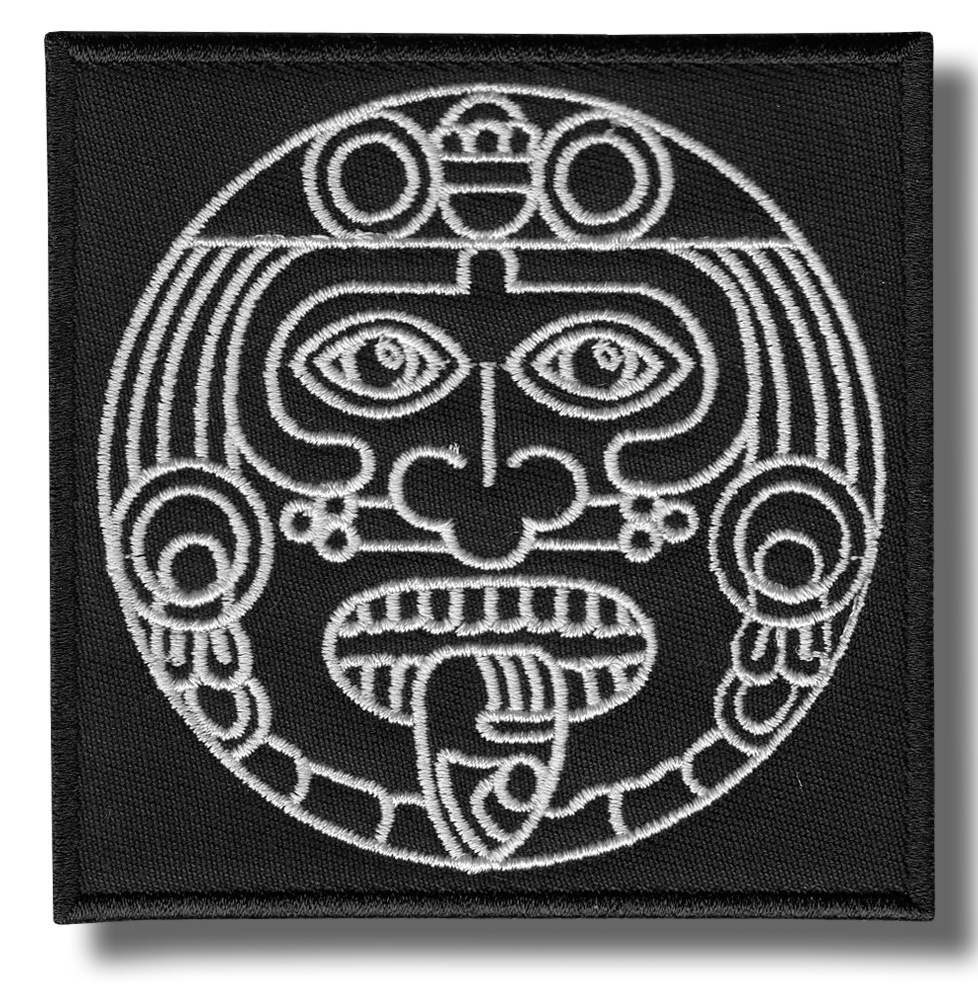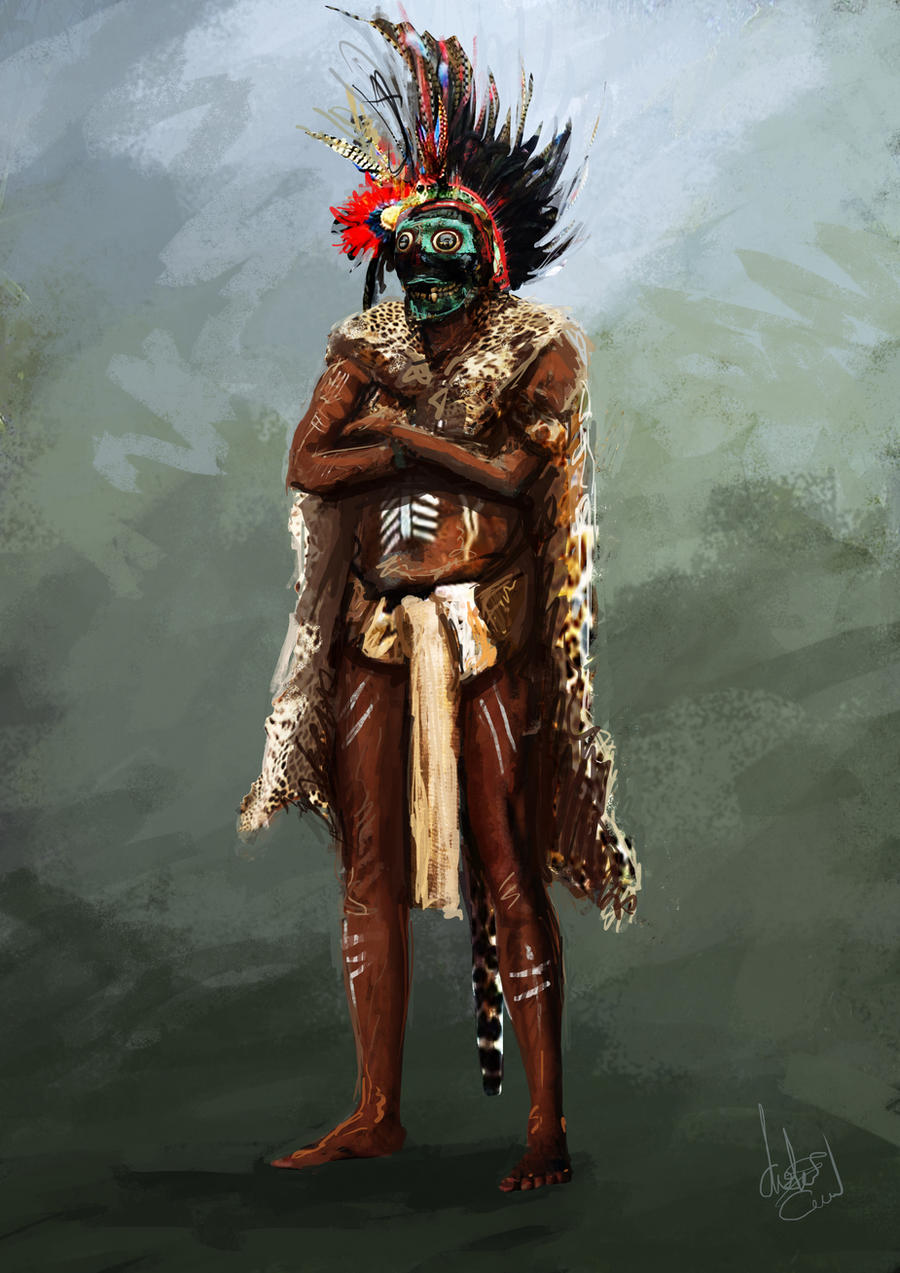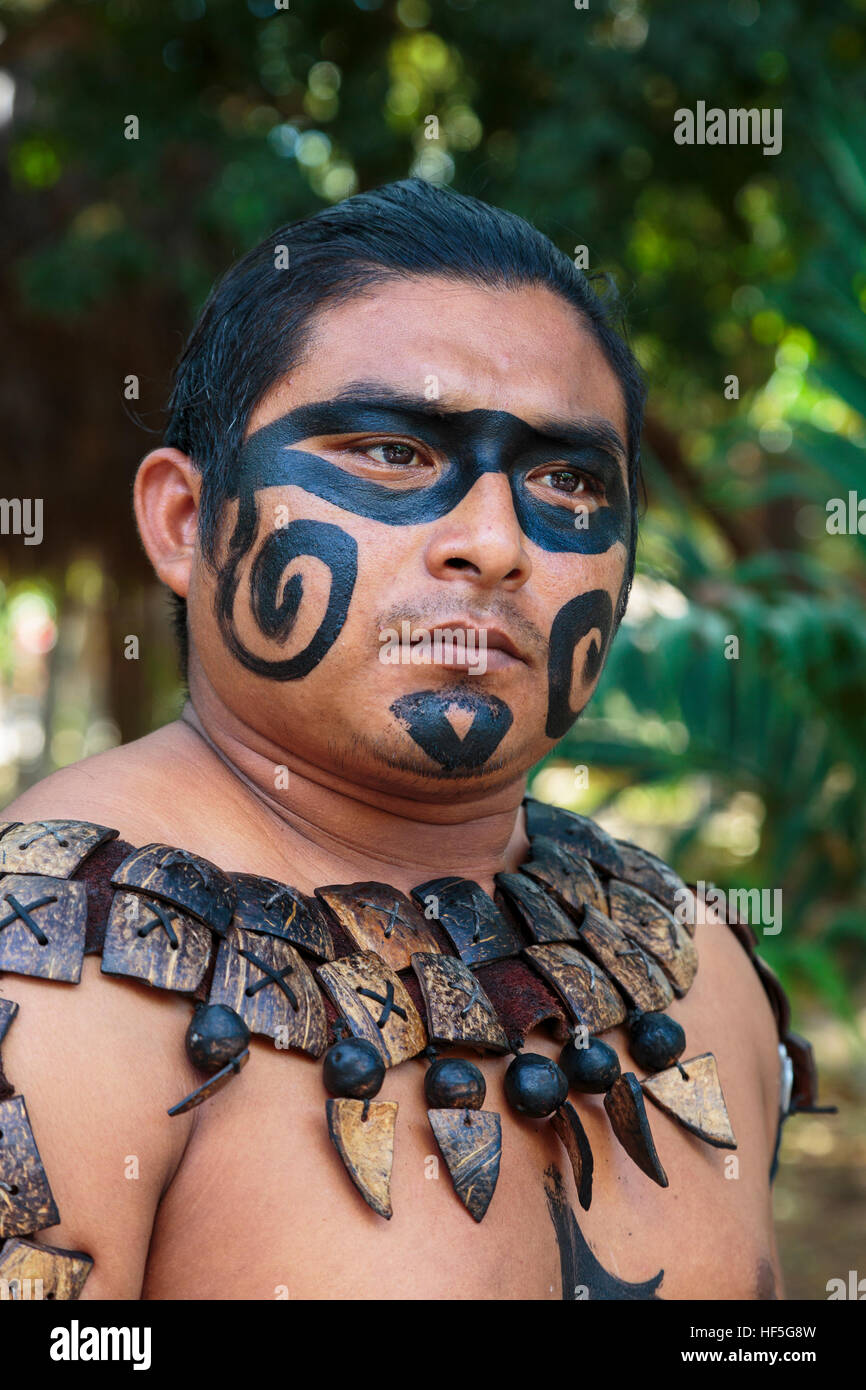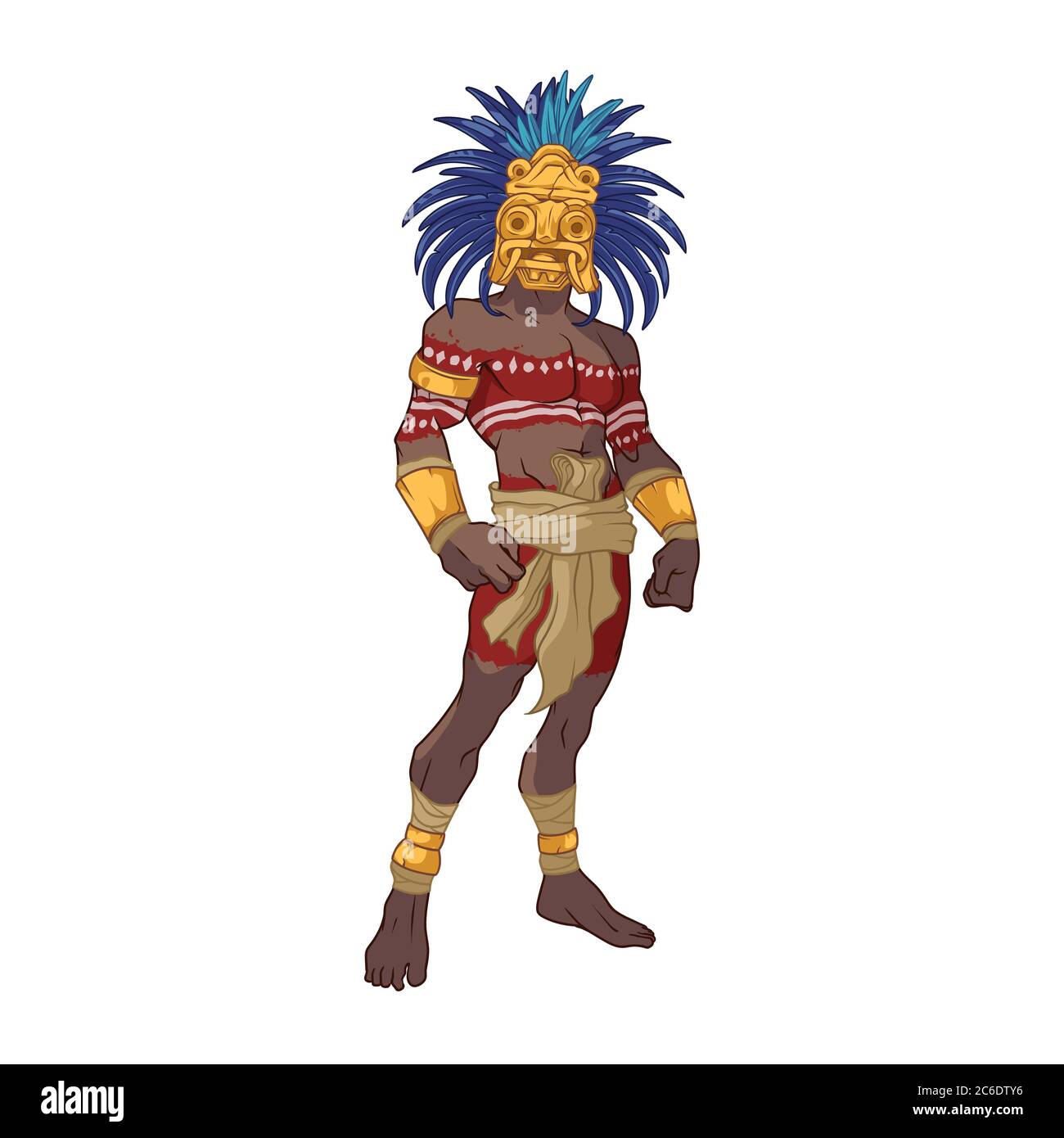
Aztec face embroidered patch 9x9 CM
Aztec body modification (or body alteration) was practiced by the members of the Aztec Empire in Mesoamerica. Many times the body modification was used in ritual or ceremonial practices. It was also a crucial part of movement between major life stages . History

More Mayan Warriors Head Your Way Aztec warrior, Mayan people, Mayan
After marriage, some Mayans applied tattoos to their face and body. Some Aztec women stained their teeth red with the crushed bodies of cochineal insects, a native bug, to make themselves more sexually appealing.. Body painting Less permanent decorations, such as body paint, were donned for special occasions to mark the status of the wearer..

Pin by SILVER HAIR BEARDED FOX on Faces Aztec warrior, Mayan art
Table of Contents [ Show] An Exploration of Aztec Artwork The Aztecs created handcrafted ceramics, beautiful silver and gold jewelry, and magnificent featherwork costumes. The Aztecs were deeply committed to both art and religion, and the two were inextricably linked.

Aztec by Chestbearman on DeviantArt
Among the Aztec, the application of specific face paint was an indication of martial success. When a warrior attained a captive, his face was painted yellow and red. Courageous warriors (tiyahcauhtin) painted their bodies black and painted their face with black stripes on which they sprinkled iron pyrite (apetztli).

Aztec Headdress, Aztec Costume, Aztec Clothing, Aztec Artwork, Stone
To aid in this endeavor, here's a detailed list of some prominent Aztec colors and their closest modern-day hexadecimal color codes: Turquoise (Blue-Green): Turquoise, emblematic of the heavens, sanctity, and the treasured jade stone, was one of the most esteemed colors for the Aztecs. Hexadecimal Code: #30D5C8.

Aztec Face Paint YouTube
Aztecs greatly honored eagles, the bird symbolizing power, courage and strength. If Aztec warriors got tattoos, many would no doubt choose this one to express their bravery, power and physical strength. Aztec eagle designs usually show the eagle with its head turned to the left, or west and its beak open.

Pinterest Aztec warrior, Mayan art, Vintage nature photography
by Christopher Agostino STEP 1 - Basic Tribal Facepainting Transformation Above are re-creations in black and white on one model of patterns you can find in traditional tribal facepainting. The first four are from Amazon examples depicted in the book Body Decoration by Karl Gröning.

Local Mayan male dressed in the traditional face paint and body
Aztecs. , the people who lived in Central Mexico before the arrival of the Spaniards in 1519, language took a painted form. The Aztecs understood writing and painting to be deeply intertwined processes, so much so that the. Nahuatl. word for "painter," or tlacuilo, translates to "painter-scribe" or "painter-writer.".

Acuecucyoticihuati Native American Girls, Native American Beauty
Facial Hair While the Aztecs had good hair growth, they barely had facial hair. It was a good thing because the men considered facial hair unpleasant. However, they have to thank their genetics for that. They had meager beards, and only needed to pluck out wispy facial hair growth.

Aztec Priestess 002 by marshon on deviantART Aztec culture, Aztec
The faces of men chosen to impersonate the 400 evil brothers of the Aztec patron god Huitzilopochtli were painted with blue and yellow horizontal stripes, a type of face painting that Huitzilopochtli, after conquering them, is said to have taken for himself. The result is that one way we can recognize Huitzilopochtli in painted manuscripts.

Pin on Art world
Aztec Art. Aztec art, just like Aztec culture and religion, had a long history with influences from previous Mesoamerican cultures such as Olmec, Maya, Toltec and Zapotec civilisations. The artistic traditions of Aztec art highly valued sculpture, geometric stamps for fabric and body art, architecture, metalwork, and pottery, among other things.

Aztec Beauty by Bill Reid / 500px Aztec culture, Aztec warrior
12881 Aztec Body Art is Rarely Seen in Aztec Codices An examination of Aztec body art for decorative, religious & military purposes, including the role of tattoos, body paint & the makeup used by Aztec women. Aztec body art existed in a variety of forms, from purely decorative works to those of a military and religious significance.

simboli aztechi Cerca con Google Aztec Tribal Tattoos, Mayan Tattoos
The Aztec culture, centred at the capital of Tenochtitlan, dominated most of Mesoamerica in the 15th-16th centuries.With military conquest and trade expansion, the art of the Aztecs also spread, helping the Aztec civilization achieve a cultural and political hegemony over their subjects and creating for posterity a tangible record of the artistic imagination and great talent of the artists.

Aztec art hires stock photography and images Alamy
Art and the fall of Tenochtitlan. The Mexican-Catholic tradition of Día de Muertos ("Day of the Dead") occurs on November 1 and 2. Families begin days or weeks in advance to make tasty treats to welcome the holiday—and now in October 2020 they still do, even as a global pandemic turns life upside down. By some horrid irony, 2020 marks.

Mayan Symbols, Ancient Symbols, Ancient Artifacts, Aztec Statues, Aztec
Body painting Less permanent decorations, such as body paint, were donned for special occasions to mark the status of the wearer. Mayan warriors painted their faces and bodies with black and red colors, and priests painted themselves blue.

Pin by E. K. on makeup Mayan art, Aztec art, Aztec warrior
1. Introduction Aztec and Nahua cultures flourished in the Central Highlands of Mexico, mainly the Valley of Mexico and the states of Puebla and Tlaxcala, during the Mesoamerican Postclassic period and until the Spanish conquest (AD. 1200-1521 (pic 1).